Indentify the different types of placentation shown in figure and select the correct option .

A B C D EAxileMarginalFree centralParietalBasal
A B C D EMarginalBasalAxileFree centralParietal
A B C D EMarginalAxileParietalFree centralBasal
A B C D EMarginalParietalAxileBasalFree central
The correct Answer is:B
Step by step video, text & image solution for Indentify the different types of placentation shown in figure and select the correct option . by Biology experts to help you in doubts & scoring excellent marks in Class 11 exams.
Updated on:21/07/2023Topper's Solved these Questions
- MORPHOLOGY OF FLOWERING PLANTSBook:NCERT FINGERTPS ENGLISHChapter:MORPHOLOGY OF FLOWERING PLANTSExercise:Morphology Of Flowering Plants
Explore 135 Videos
- MINERAL NUTRITIONBook:NCERT FINGERTPS ENGLISHChapter:MINERAL NUTRITIONExercise:Mineral Nutrition
Explore 130 Videos
- NEURAL CONTROL AND COORDINATIONBook:NCERT FINGERTPS ENGLISHChapter:NEURAL CONTROL AND COORDINATIONExercise:All Questions
Explore 144 Videos
Similar Questions
Knowledge Check
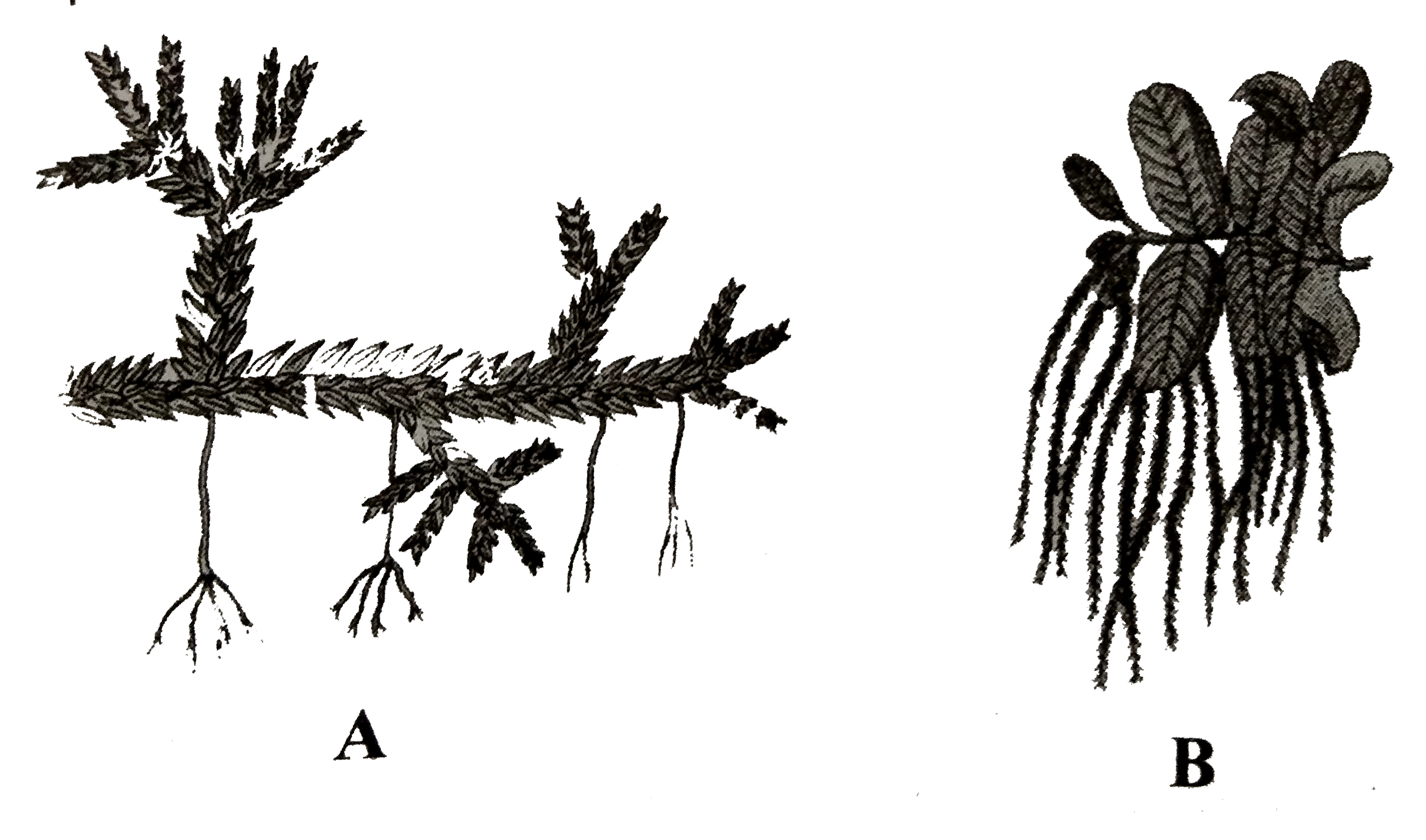
Identify the plants shown in figure and select the correct option:AABEquisetumFernBABSelaginellaEquisetumCABSelaginellaSalviniaDABEquisetumFernRefer to the given figure and select the correct option.
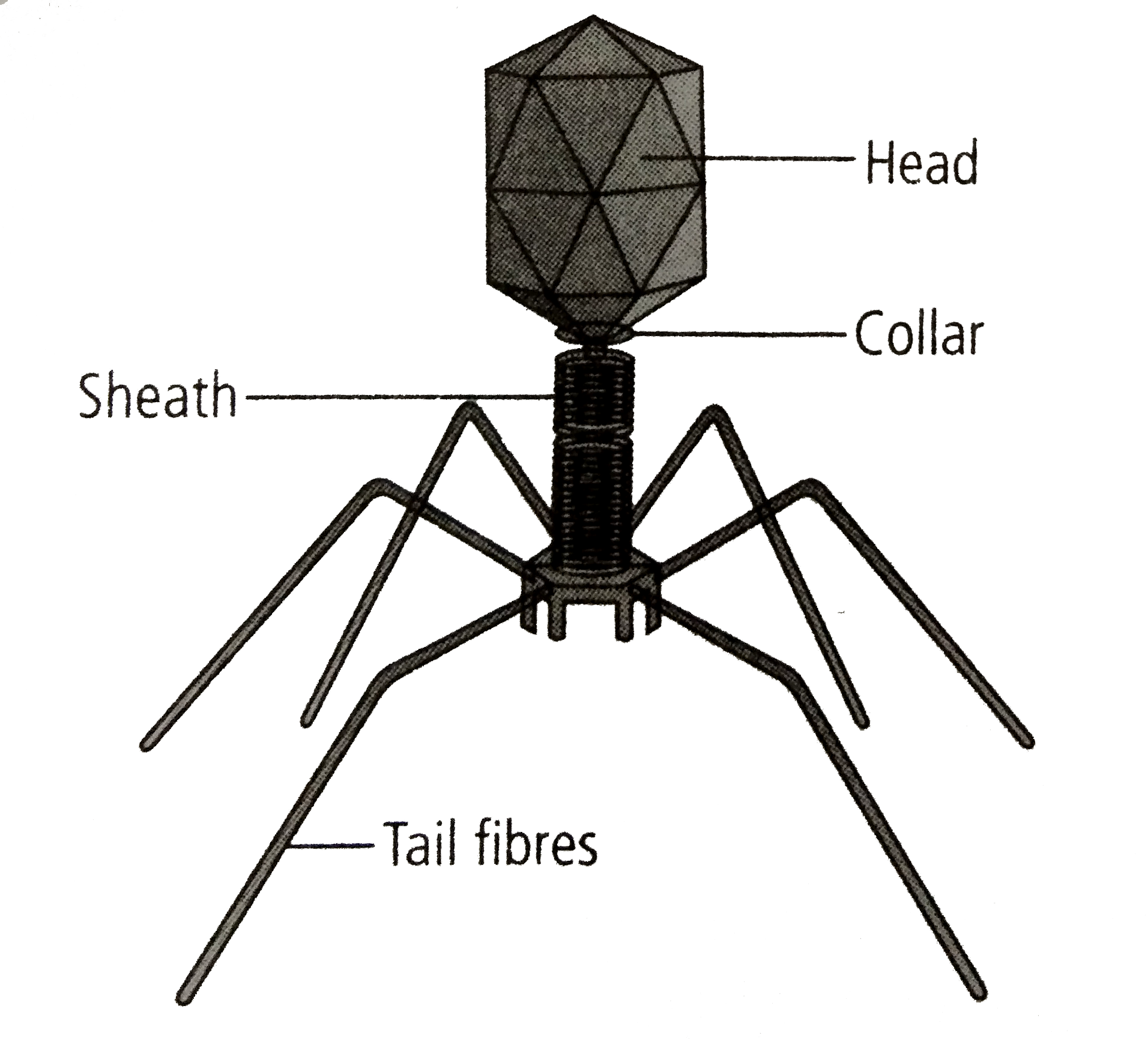 AIt is a virus that infects plant.BIt is a virus that infects animals.CIt is a virus that infects insects.DIt is a virus that insects bacteria.
AIt is a virus that infects plant.BIt is a virus that infects animals.CIt is a virus that infects insects.DIt is a virus that insects bacteria.Refer to the given figures and select the correct option.
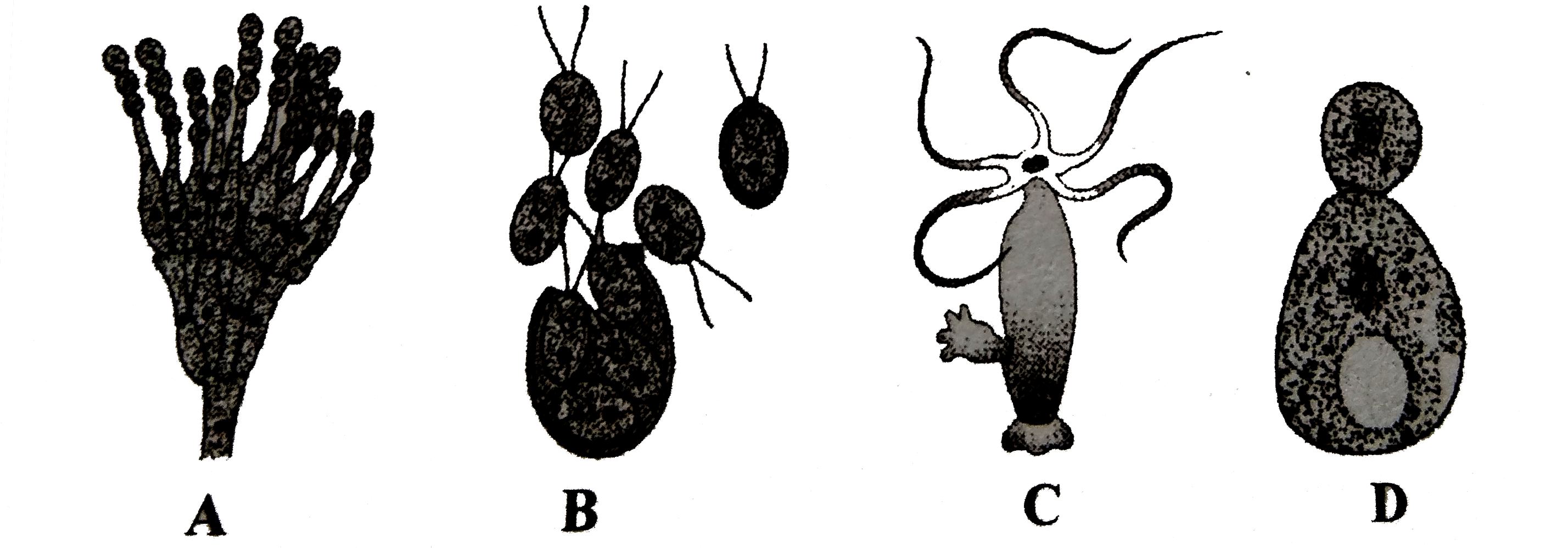 AC and D reproduce by budding that includes nuclear division only.BAll of these reproduce by the asexual mode of reproduction.CB represents multiple fission in an alga.DA shows spore formation in a moneran.
AC and D reproduce by budding that includes nuclear division only.BAll of these reproduce by the asexual mode of reproduction.CB represents multiple fission in an alga.DA shows spore formation in a moneran.
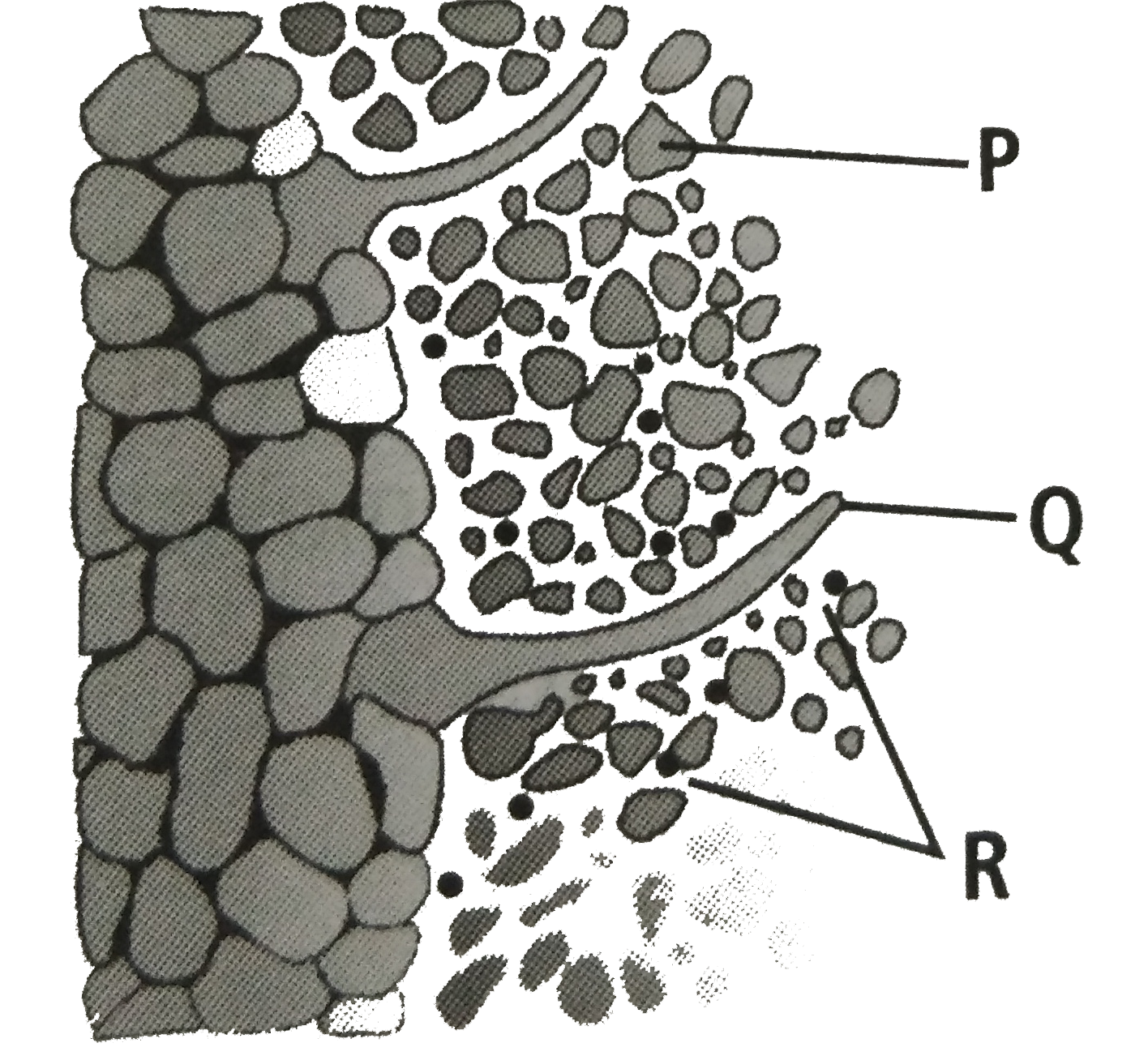
Refer to the given figure and select the correct option.
View SolutionIdentify the types of inflorescence shown in the figure and select the correct option for A and B .
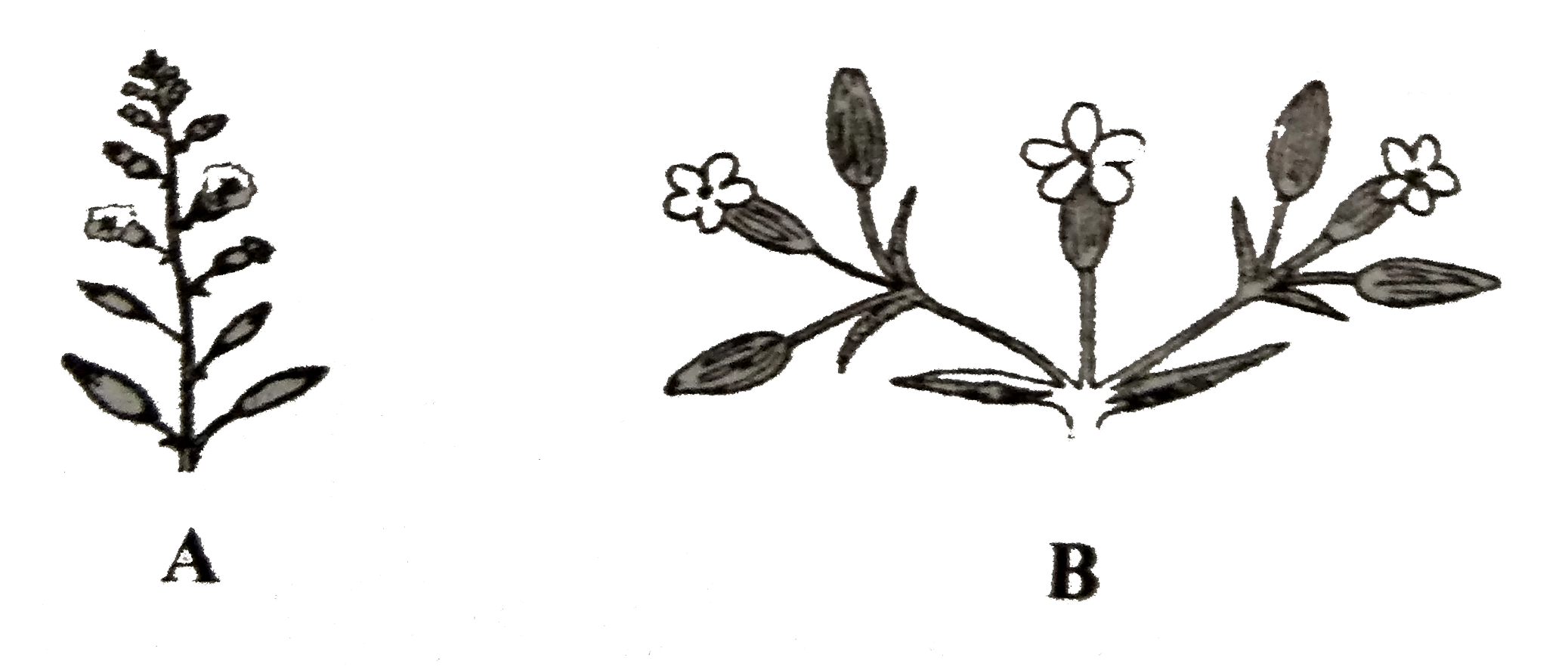
View Solution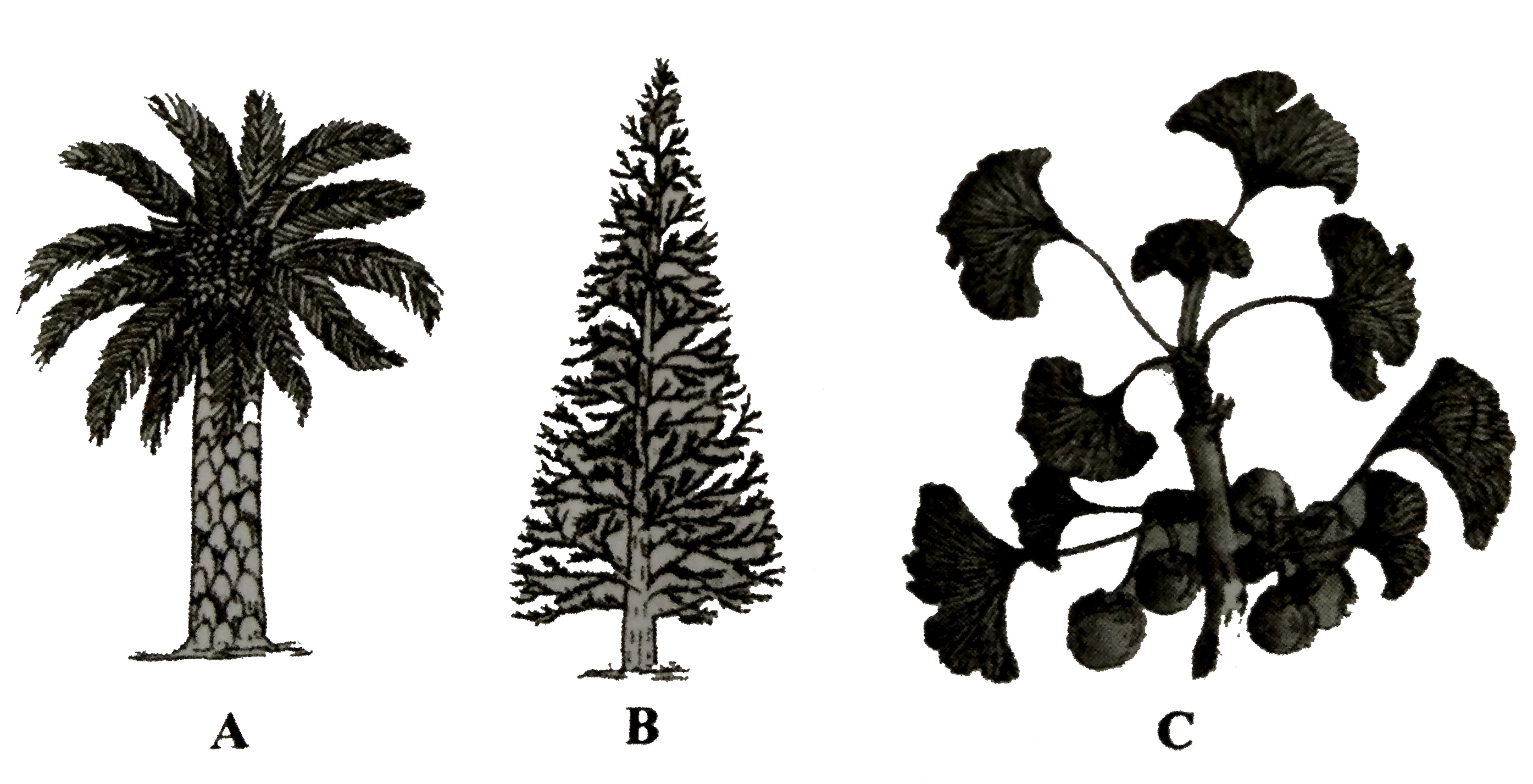
Identify the gymnosperms shown in figure and select the correct option
View SolutionIdentify P-V in the given figure and select the correct option.
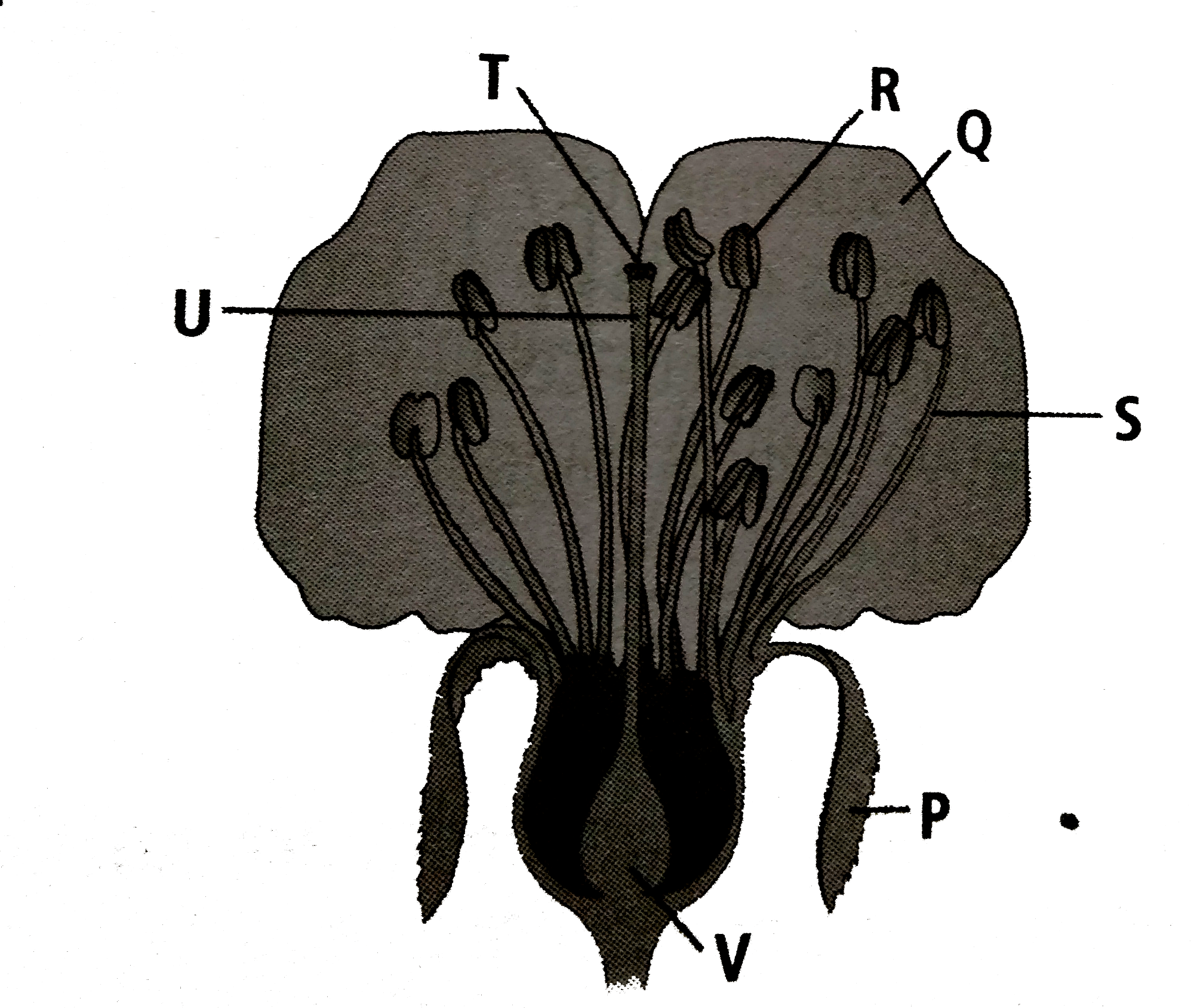
View Solution
Identify the given figure and select the correct option for A, B and C
View Solution



